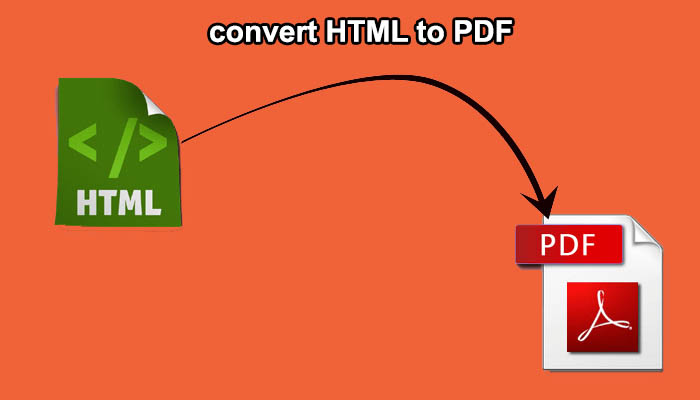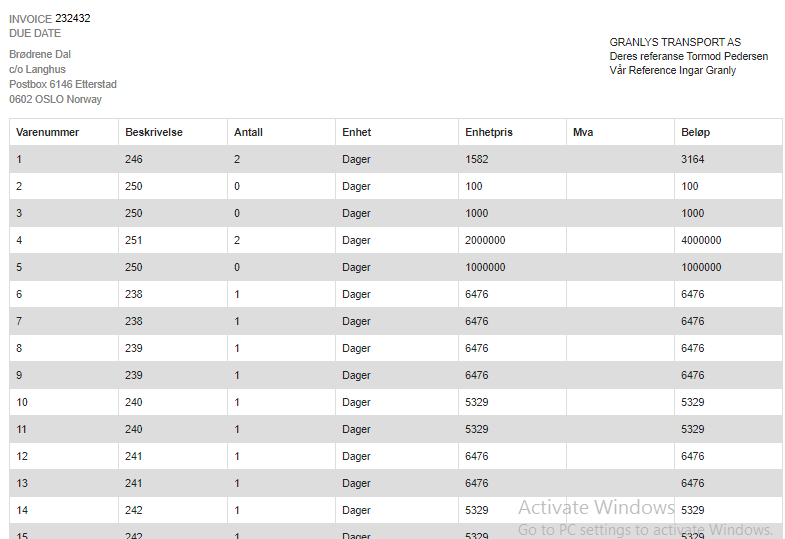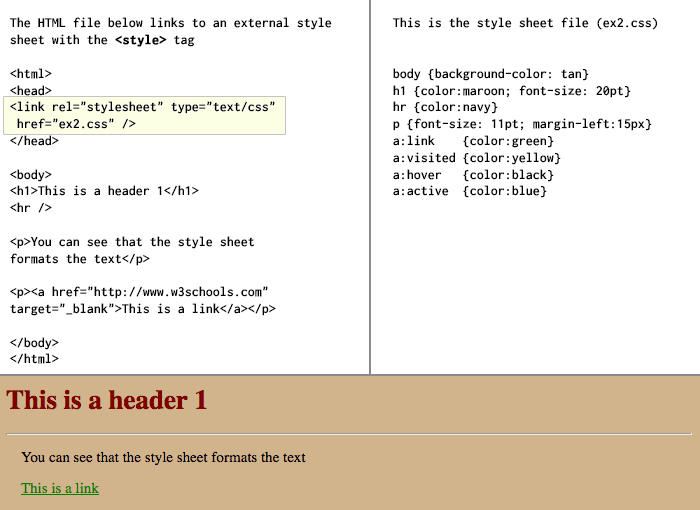I am developing a website with Coda 2. Everything's fine with the html sheet, and with creating a CSS separate sheet. But how do I connect the second with the first? Convert HTML Table to PDF using html2pdf.js in Angular. I have used another npm package named html2canvas, which is used to convert the HTML into Canvas, and then, we can put the image files into our pdf document. For that, we need to download their dependencies. Npm i html2pdf.js. After installing the library, you need to copy-paste the. This stylesheet is based on GitHub's styles circa mid-2012. It's not a copy, but was heavily inspired by theirs and closely replicates their visual design. You're welcome to use it under the MIT license which I have included in the gist. Participate in discussions with other Treehouse members and learn. Student 5,329 Points Posted June 10, 2013 8:51pm by L McLean. L McLean Pro Student 5,329 Points css external stylesheet and background image. I finished the CSS deep dive and I am now attempting to build a new site within sublime text. Not an internal one. After this in order to add a page break inside pdf document in html2pdf.js library there is a special class you can add to your html which is called as html2pdfpagebreak. So add this class to a empty div as shown below to add a page break between elements inside pdf documents.
The content property in CSS is one powerfull way to add structure to your content, without fixing it in the HTML. Let’s check how the web manage those automatically created properties before we get to what Paged.js can create automatically
One of the important advantages of CSS is that it helps you to separate a document’s style from its content. The separation of HTML from CSS makes it easier to maintain sites, share style sheets across pages, and display documents to different environments. In some case, some elements are not part of the content itself, but are help to read in different environnements. This can be auxiliary information like inserting the word “Figure” before the caption of a figure, or “Chapter 7” before the seventh chapter title.
Those are usually made using CSS generated content properties. That will avoid problems with numbering figures when one is added in the middle of your content. Or if you want to reuse the chapter in another book, and have a new way to number figures.
In technical terms, generated content exists only in the layout of the web document: they are not part of the DOM tree.
The content property
The content property is used within ::before and ::after pseudo-elements. In the declaration, specify the content property what you want to generate automatically as its value. For example, the following rule inserts the string “Note: ' before the every element whose class attribute contains “note”:
You can style the element right where it’s set, like this:
Generated text
You can directly declare your text in the CSS (like above) but you can also use text specified in a data- custom attribute.

In your HTML:
In your CSS:

It’s also possible to combine elements in the content property:

Once displayed you will have this text:
Reference 0215: Some blabla as a reference
Generated counters
css-counter is a CSS property that lets you count elements within your content. For example, you might want to add a number before each figure caption. To do so, you would reset the counter in the <body> selector, increment it any time a caption appears in the content, and display that number in a ::before pseudo-element.
Generated images
If you need to have an image in your generated content, you can do it like this:
Generated links
Html2pdf Css
It can be useful to display the actual links of your content as a long URL when you want to print your webpage. The following example inserts the value of the href attribute in parentheses after each <a> element:
Generated content for paged media
The use of generated content is possible without Paged.js; content is a CSS property implemented in all browsers.
Html2pdf Css Stylesheet Link
But to design a book (or a paginated content) you need some elements added to help readers navigate between pages: running heads and footers, page numbers, table of content, index, cross-references, etc.
These elements don’t exist in the HTML as a content, you need to create them automatically. To do that you can use a combination of syntaxes and properties that Paged.js implements called Generated Content for Paged Media.
I am currently trying to convert HTML to PDF using itext7 and itext7.pdfhtml but have a small problem.
I have a fixed footer (.footer) which works well when opened with a browser but when converted using below code, the div is not fixed to the bottom of the page. The div sits just after the other div content before it.
C# .net core code
HTML
CSS
Have tried several other examples but it still won't stay at the bottom.
Even this similar question Similar question doesnt work
Any help would be greatly appreciated.

In PDF
In browser (print view)
Just a small note - this pdf will only have 1 page so a hard coded solution might be considered.
Alexey SubachThe footers belong to the page margin area. @page media is the right way to configure it. CSS running element functionality can be used to put the element into the desired location and exclude it from the rest of the layout. Major tools converting HTML into page-based representation support it.
Here is a sample HTML:
Result looks like this:
Collected from the Internet
Please contact [email protected] to delete if infringement.